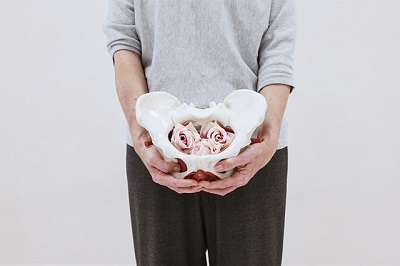How Does Testis Swollen Pain Occur?
Testis swollen pain, a condition that affects men of all ages, is not only physically uncomfortable but can also cause significant emotional distress. This issue, medically referred to as testicular pain or scrotal swelling, is often a sign of underlying health problems that require attention. Understanding the causes of testis swollen pain is crucial for timely diagnosis and treatment, as ignoring it could lead to complications.

What Causes Testis Swollen Pain?
There are several potential causes for testicular swelling and pain, ranging from infections to trauma and systemic health conditions. Below are the most common reasons:
1. Infections (Orchitis and Epididymitis)
- Orchitis: This is the inflammation of one or both testicles, often caused by viral infections such as mumps.
- Epididymitis: An infection of the epididymis (the tube that stores sperm), usually caused by bacterial infections like chlamydia or gonorrhea.
Both conditions result in swelling, redness, and tenderness in the affected testicle, sometimes accompanied by fever or urinary symptoms.
2. Trauma or Injury
Physical injury to the scrotum, such as from sports or accidents, can cause swelling and pain. Trauma often leads to hematomas (blood pooling) or inflammation, which may require immediate medical attention.
3. Testicular Torsion
This occurs when the spermatic cord twists, cutting off blood flow to the testicle. Testicular torsion is a medical emergency that can cause severe pain and swelling, and if left untreated, it may lead to testicular loss.
4. Hydrocele and Varicocele
- Hydrocele: Accumulation of fluid around the testicle, causing painless swelling.
- Varicocele: Enlargement of veins within the scrotum, often described as feeling like a "bag of worms." While usually painless, it can sometimes cause discomfort and swelling.
5. Hernias
An inguinal hernia occurs when a portion of the intestine pushes through the lower abdominal wall into the scrotum, causing swelling and discomfort.
6. Tumors or Cancer
In rare cases, testicular swelling and pain can be early signs of testicular cancer. A lump or abnormal growth should never be ignored and warrants immediate medical evaluation.
Symptoms to Watch For
- Swelling or enlargement of one or both testicles
- Sharp or dull pain that may radiate to the lower abdomen or groin
- Redness or warmth in the scrotum
- Fever, nausea, or vomiting accompanying the pain
- Changes in the texture or size of the testicle
Diagnosis and Medical Evaluation
When experiencing testis swollen pain, it’s essential to consult a healthcare professional. Common diagnostic methods include:
- Physical Examination: Checking for lumps, swelling, or tenderness.
- Ultrasound: A non-invasive imaging test to evaluate blood flow and detect abnormalities.
- Urine and Blood Tests: To identify infections or systemic issues.
- STI Screening: To rule out sexually transmitted infections.
Treatment Options for Testis Swollen Pain
The treatment for testicular swelling and pain depends on the underlying cause:
Infections
Bacterial infections like epididymitis are treated with antibiotics, while viral infections like orchitis are managed with anti-inflammatory medications and supportive care. For nonbacterial infections, herbal medicine Diuretic and Anti-inflammatory Pill is also an effective choice.
Testicular Torsion
Immediate surgery is required to untwist the spermatic cord and restore blood flow to the testicle.
Trauma
Rest, ice packs, and anti-inflammatory medications are often sufficient for minor injuries, but severe trauma may require surgical intervention.
Hydrocele or Varicocele
These conditions are generally managed with surgical procedures, such as a hydrocelectomy or varicocelectomy, if they cause significant discomfort or fertility issues.
Hernias and Tumors
Surgical repair is necessary for hernias, while testicular cancer treatment may involve surgery, radiation, or chemotherapy.
Preventing Testis Swollen Pain
While not all causes of testicular pain are preventable, you can take steps to reduce the risk:
- Practice safe sex to avoid STIs.
- Wear protective gear during sports to prevent trauma.
- Perform regular self-exams to detect abnormalities early.
- Seek prompt medical attention for any scrotal pain or swelling.
Conclusion
Testis swollen pain can stem from various causes, from simple infections to serious conditions like testicular torsion or cancer. Recognizing the symptoms early and seeking timely medical intervention are essential for effective treatment and recovery. By understanding the causes and taking preventive measures, men can maintain their reproductive health and overall well-being. If you or someone you know experiences persistent testicular pain, don’t hesitate to consult a healthcare professional.
You may also be interested in:
How to Treat Testicular Pain & Sagging



